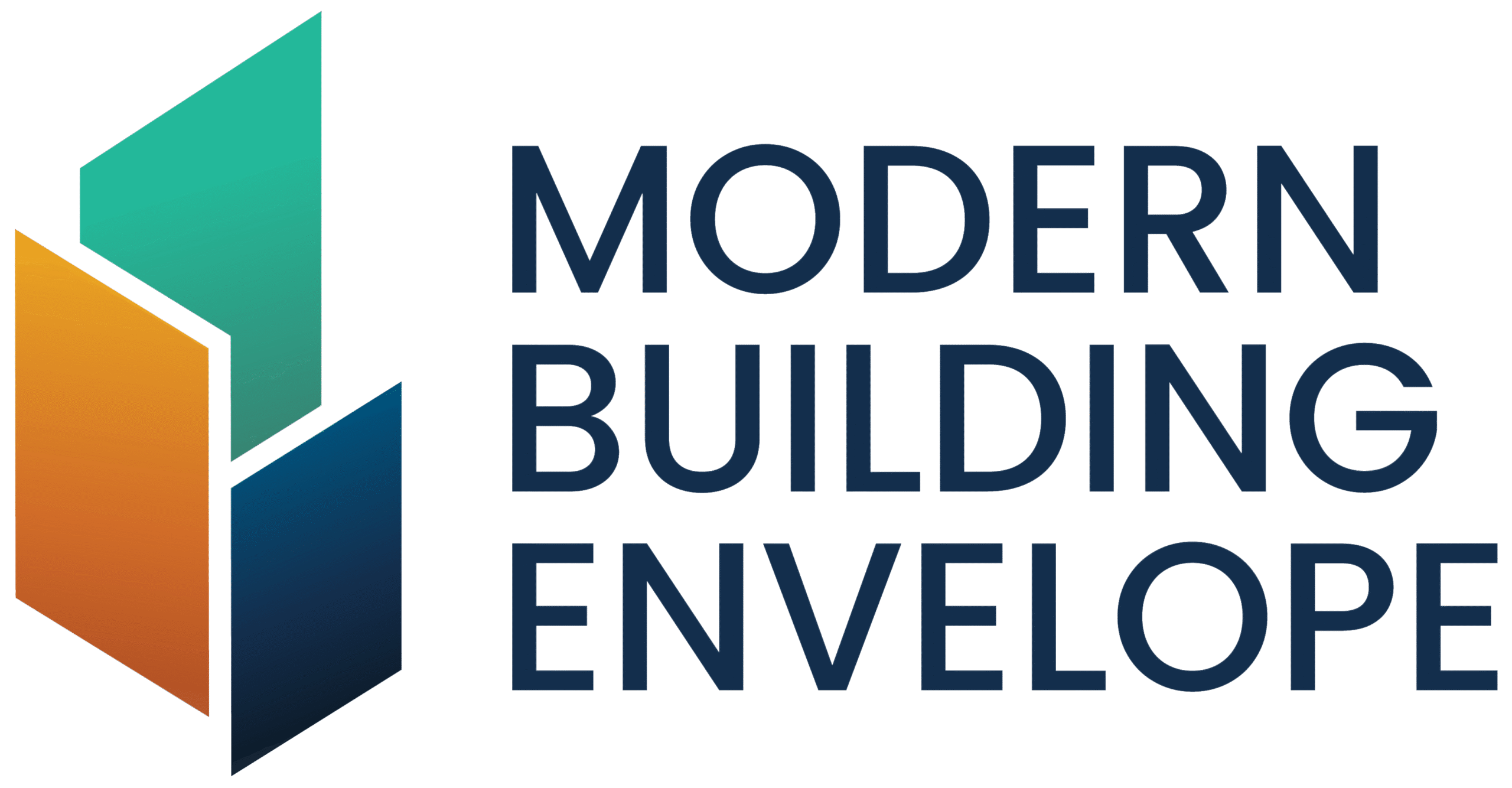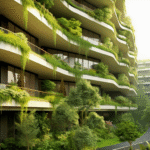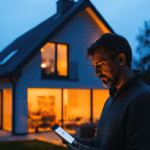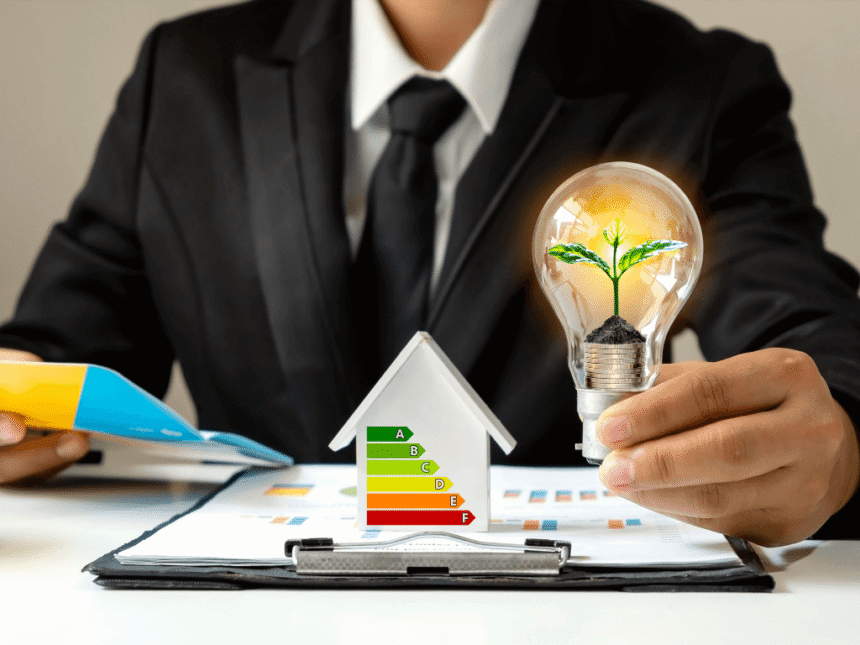Energy efficiency is no longer just a design preference. It has become one of the most important strategies for lowering operational costs, meeting climate targets, and ensuring long-term building performance. By combining smart materials, advanced technologies, and data-driven design, energy-efficient buildings deliver measurable savings while supporting environmental sustainability.
Across commercial, industrial, and residential sectors, the shift toward efficient design is reshaping how the built environment interacts with the planet.
The Link Between Design and Energy Performance
Every decision in the design process from window placement to insulation type affects how much energy a building consumes.
Traditional design focused primarily on comfort and appearance. Today’s energy-efficient design approach integrates performance modeling, passive strategies, and renewable systems from the very beginning of the project.
By considering factors such as daylight, thermal mass, and building orientation, designers can minimize energy loss and reduce the need for mechanical heating or cooling.
Core Principles of Energy-Efficient Building Design
1. Passive Design Strategies
Passive design takes advantage of natural resources like sunlight and airflow. Orientation, shading, and insulation are optimized to reduce reliance on artificial systems. For example, properly placed windows can maximize daylight while preventing heat gain.
2. High-Performance Building Envelope
The building envelope the walls, windows, roof, and insulation acts as the first line of defense against energy loss. Modern materials such as insulated glass units, airtight membranes, and reflective coatings improve thermal performance and reduce HVAC demand.
3. Renewable Energy Integration
Incorporating solar panels, wind turbines, or geothermal systems allows buildings to generate clean energy on-site. Combined with battery storage, renewable systems lower utility bills and reduce dependency on non-renewable sources.
4. Smart Systems and Controls
Energy-efficient buildings use intelligent automation to monitor and adjust lighting, temperature, and ventilation. Sensors and analytics ensure systems operate only when needed, minimizing waste and extending equipment life.
5. Efficient Lighting and Appliances
LED lighting, occupancy sensors, and energy-rated appliances reduce power consumption. When combined with renewable energy sources, these upgrades can cut total energy use by more than 30 percent.
Economic Benefits of Energy Efficiency
Investing in efficiency pays off quickly. Lower utility bills, fewer maintenance costs, and increased property value all contribute to long-term financial savings.
For commercial developers, efficient design improves return on investment (ROI) and strengthens their reputation for environmental responsibility.
Many governments also offer incentives and tax benefits for adopting energy-efficient technologies, making it an even smarter business decision.
Environmental Impact and Emission Reduction
Energy-efficient design directly supports global emission reduction goals.
By using less energy, buildings decrease reliance on fossil fuels, lowering their carbon footprint. When combined with renewable generation, efficiency measures help move projects closer to net-zero emissions.
In large urban areas, adopting these strategies at scale can lead to cleaner air, reduced heat island effects, and a more sustainable urban ecosystem.
The Future of Energy-Smart Design
As regulations tighten and energy costs continue to rise, the demand for efficient design will only increase.
Emerging technologies such as AI-driven modeling, adaptive facades, and energy storage systems are pushing efficiency even further.
The future of construction lies in designing buildings that produce more energy than they consume, creating spaces that are both cost-effective and environmentally restorative.
Image Credits: Freepik











